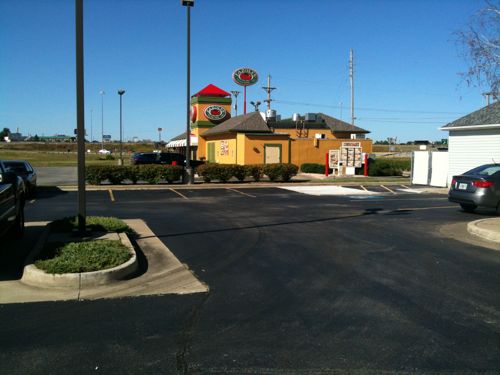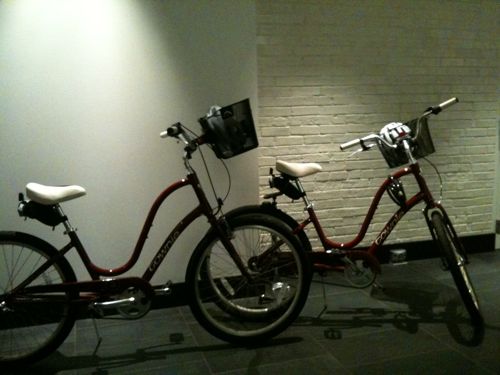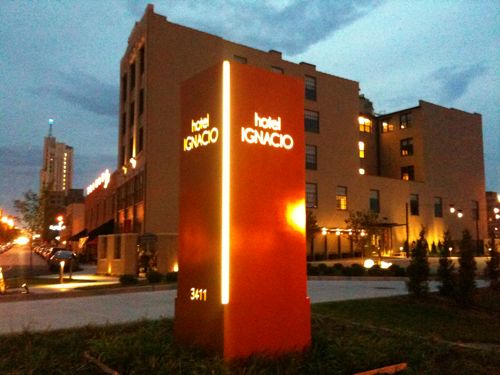Happy 137th Birthday to the Eads Bridge
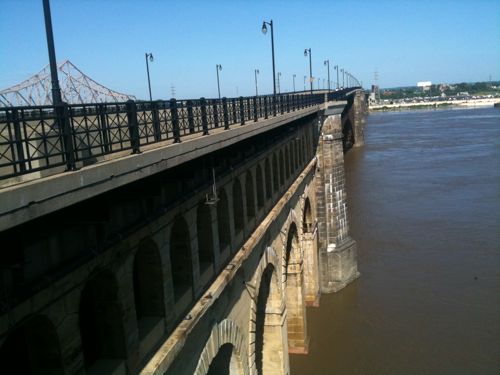
When I moved to St. Louis, almost 21 years ago, I immediately fell in love with Eads Bridge. The rail lines on the lower level of the bridge hadn’t been used in 15 or so years. The road deck was in place but it was removed during construction of the  MetroLink light rail that opened in 1993. The bridge was so beautiful to my young eyes.
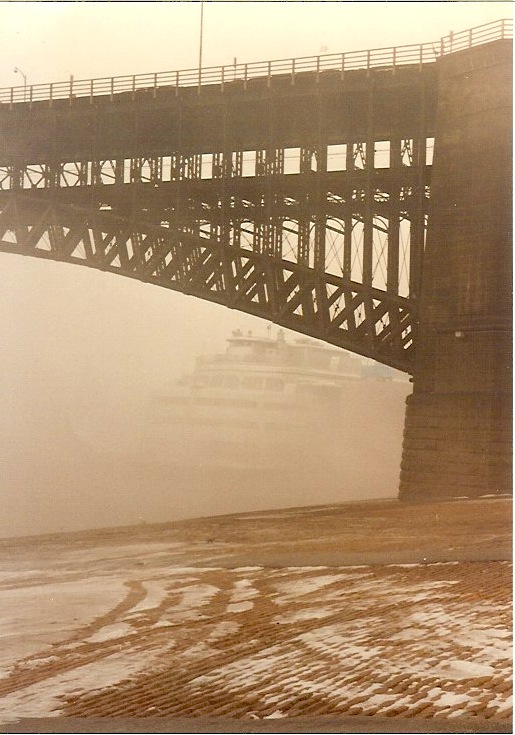
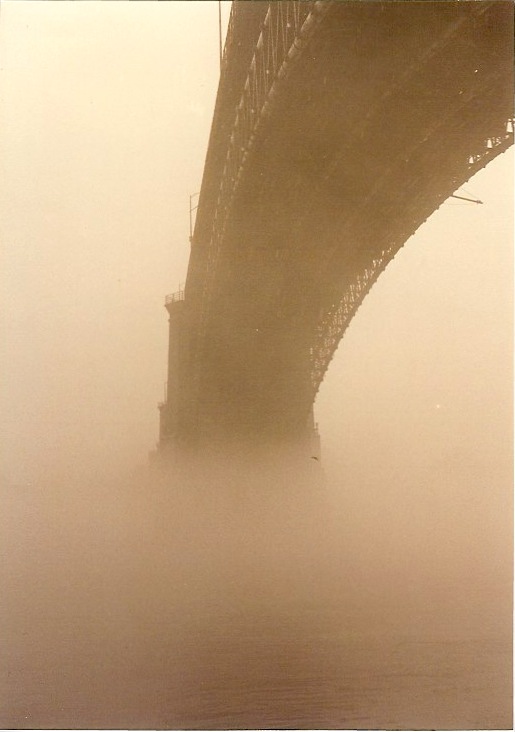
The history of the bridge is fascinating. Â It opened 137 years ago today on June 4, 1874 with the official dedication was a month later on July 4, 1874:
The bridge is named for its designer and builder, James B. Eads. When completed in 1874, the Eads Bridge was the longest arch bridge in the world, with an overall length of 6,442 feet (1,964 m). The ribbed steel arch spans were considered daring, as was the use of steel as a primary structural material: it was the first such use of true steel in a major bridge project.
The Eads Bridge was also the first bridge to be built using cantilever support methods exclusively, and one of the first to make use of pneumatic caissons. The Eads Bridge caissons, still among the deepest ever sunk, were responsible for one of the first major outbreaks of “caisson disease” (also known as “the bends” or decompression sickness). Fifteen workers died, two other workers were permanently disabled, and 77 were severely afflicted.
On 14 June 1874, John Robinson led a “test elephant” on a stroll across the new Eads Bridge to prove it was safe. A big crowd cheered as the elephant from a traveling circus lumbered towards Illinois. It was believed that elephants had instincts that would keep them from setting foot on unsafe structures. Two weeks later, Eads sent 14 locomotives back and forth across the bridge at one time.
The Eads Bridge, which became an iconic image of the city of St. Louis, from the time of its erection until 1965 when the Gateway Arch was constructed, is still in use. The bridge crosses the St. Louis riverfront between Laclede’s Landing, to the north, and the grounds of the Gateway Arch, to the south. Today the road deck has been restored, allowing vehicular and pedestrian traffic to cross the river. The St. Louis MetroLink light rail line has used the rail deck since 1993. (Wikipedia)
This bridge, and the railroad tunnels under downtown, allowed the first Union Station to open a year later on June 1, 1875. Â This Union Station was located at 12th (now Tucker) & Poplar. The Union Station we know opened 6 blocks to the west just 19 years later on September 1, 1894.
In 2024 we need to have a big party to celebrate the 150th anniversary of Eads Bridge. Â Hopefully by then the raised section of I-70 at the west end of the bridge will be gone, opening sight lines.
– Steve Patterson

